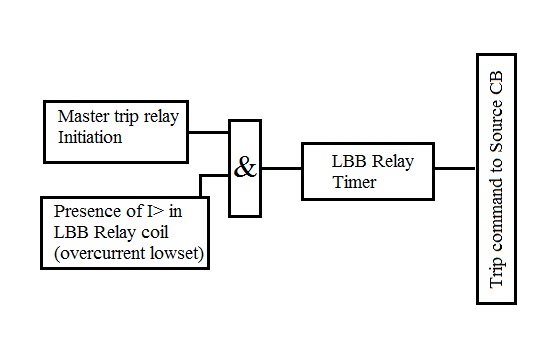Potential Transformer
It is very important to manage and measure the Extra High Voltage level which we use to transfer power from one point to other. Since the insulation gradient for Extra High Voltage(EHV) is very high, it is difficult to measure this high voltage. So for the measurement its necessary to reduce the voltage level.
Here we generate a reference voltage with respect to the EHV using a Voltage Transformer(VT) or Potential Transformer(PT). So we refer potential transformer as step-down transformers. Such types of transformers come under the classification of Instrument transformer.
Potential Transformers are same as that of a power transformer, but they are used for the protection and measurement of the system voltage. Since its duty is just to measure the magnitude of voltage, its always connected in parallel to the Power lines supplying loads.
We usually here the word Potential Transformers while working in a medium voltage switchgear room and substations, power stations, etc.. For every High Voltage(HV) and EHV, the reference output voltage from the secondary terminals of the PT is less than 200 VAC. For example; the PT used for a 110kV line potential gives a stable output of 110 VAC if the primary coil is constantly energized with a potential of 110 kV AC. For change in voltage in EHV line such as increase or decrease in the voltage magnitude of 110 kVAC, correspondingly the 110 VAC is affected with a proportional increase or decrease respectively.
As we discussed earlier potential transformers (PT) step-down the HV and EHV to a safe level for the purpose of measurement and protection. This is because measuring meters or instruments and protective relays are low voltage devices. PT supply their secondary developed voltage to distance relay and directional relays while it also supply for the purpose of measurement both analog and digital.
Burden and accuracy are usually stated as a combined parameter due to being dependent on each other. Metering style PT's are designed with smaller cores and VA capacities than power transformers. This causes metering PT's to saturate at lower secondary voltage outputs saving sensitive connected metering devices from damaging large voltage spikes found in grid disturbances.
The secondary terminals are generally rated for 110 VAC, irrespective of the primary voltage. The number of turns in the primary and secondary are adjusted to satisfy the above statement.
A voltage transformer is connected across line to ground, and is loaded to a greater or lesser degree depending on the number of devices connected in parallel at the secondary terminals. As the load is increased, the curves for ratio error and phase angle will show how the accuracy is affected. If accuracy is not important, the load can be increased to the thermal volt-ampere rating, the maximum which can be carried without overheating. Voltage transformers must be able to withstand an accidental short circuit for one second.






Comments
Post a Comment